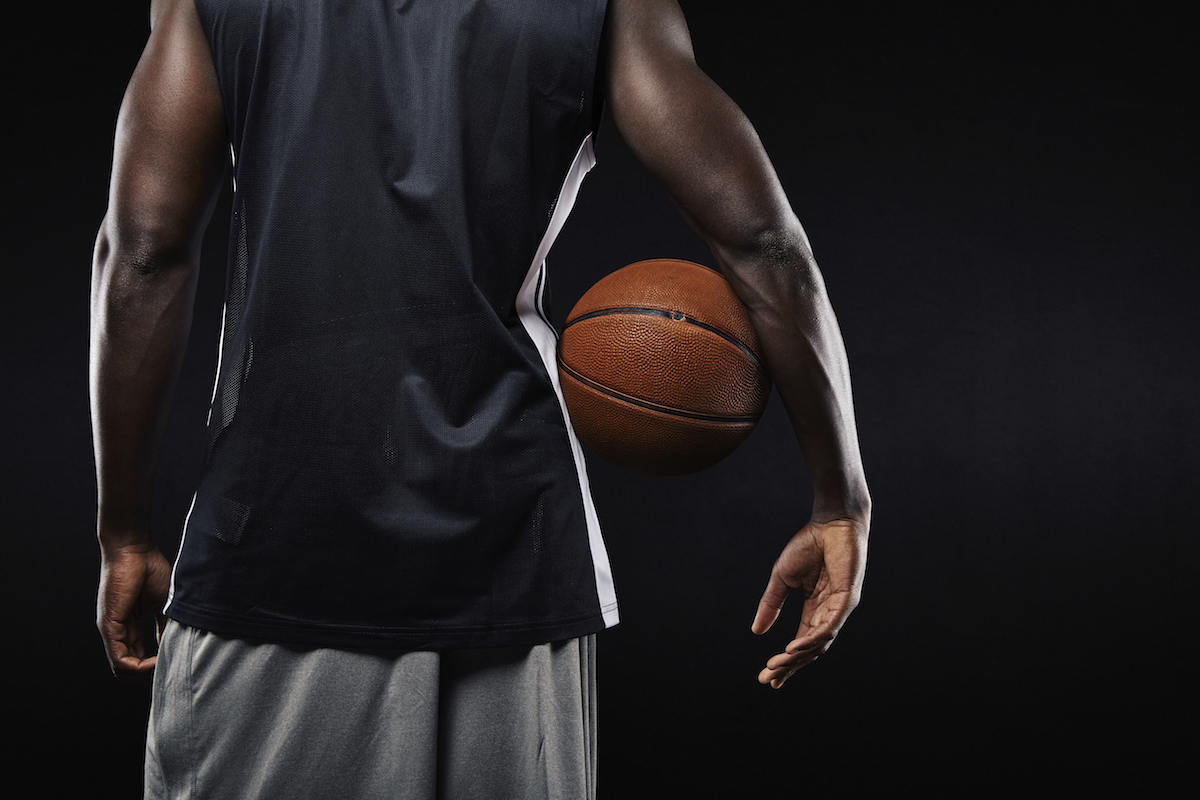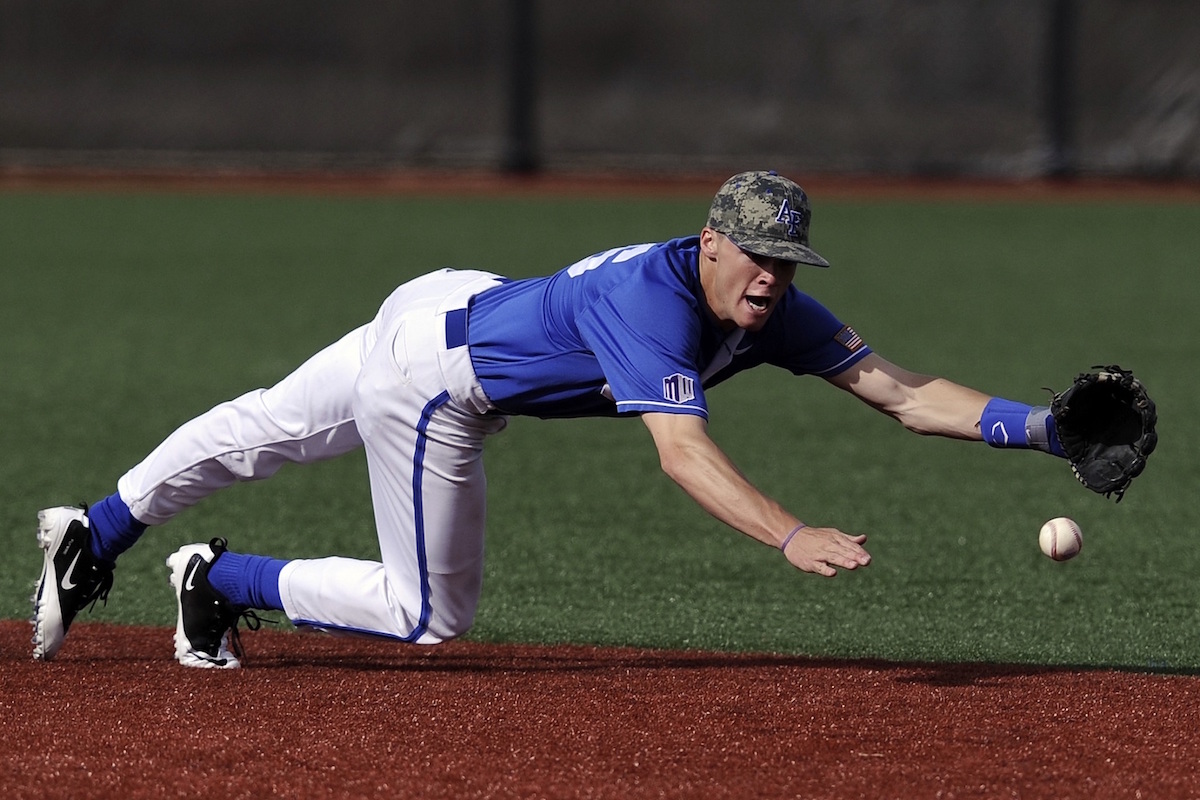In most sports, athletes need to have the ability to arrive somewhere quickly. This is done in an ever-changing environment where other athletes, the ball, and the elements have to be factored in. Unlike sprinters, athletes do not have an ideal situation in terms of accelerating – often they are sprinting for extremely short distances before they have to move in a different direction. The combination of all of these factors means that an athlete must learn to move as explosively as possible at the beginning of a sprint because they may not be able to sprint very far.
Most athletes do not understand how to take the first step explosively. To help with this, there are a series of drills which help to teach the concepts involved before applying them directly to the athlete’s sport/position.
The first drill is called the falling start. The falling start is meant to take advantage of the fact that if we fall forward while standing, we automatically take a step to attempt to avoid the fall.
• With the falling start, begin by standing up and facing the course.
• The feet should begin the drill by being hip-width apart.
• Step back with one of the feet so that the toes of the back foot line up with the heel of the front foot. Remember to kept the feet hip-width apart.
• From this position, unlock the knees and flex the hips slightly.
• Allow the arms to hang down loosely.
• Keeping the weight on the balls of the feet, begin shifting your weight forward. If this is done properly, you will begin to fall forward.
• As you fall forward, drive the back knee forward explosively.
• As the back knee is driven forward, drive its corresponding arm back as hard as possible.
• Sprint the desired distance.
Begin with five to ten yard sprints and progress to longer distances. Once the athlete has consistent starting technique it is appropriate to move to the next progression, which is the standing start.
To see the falling start, click here:fallstartblog



